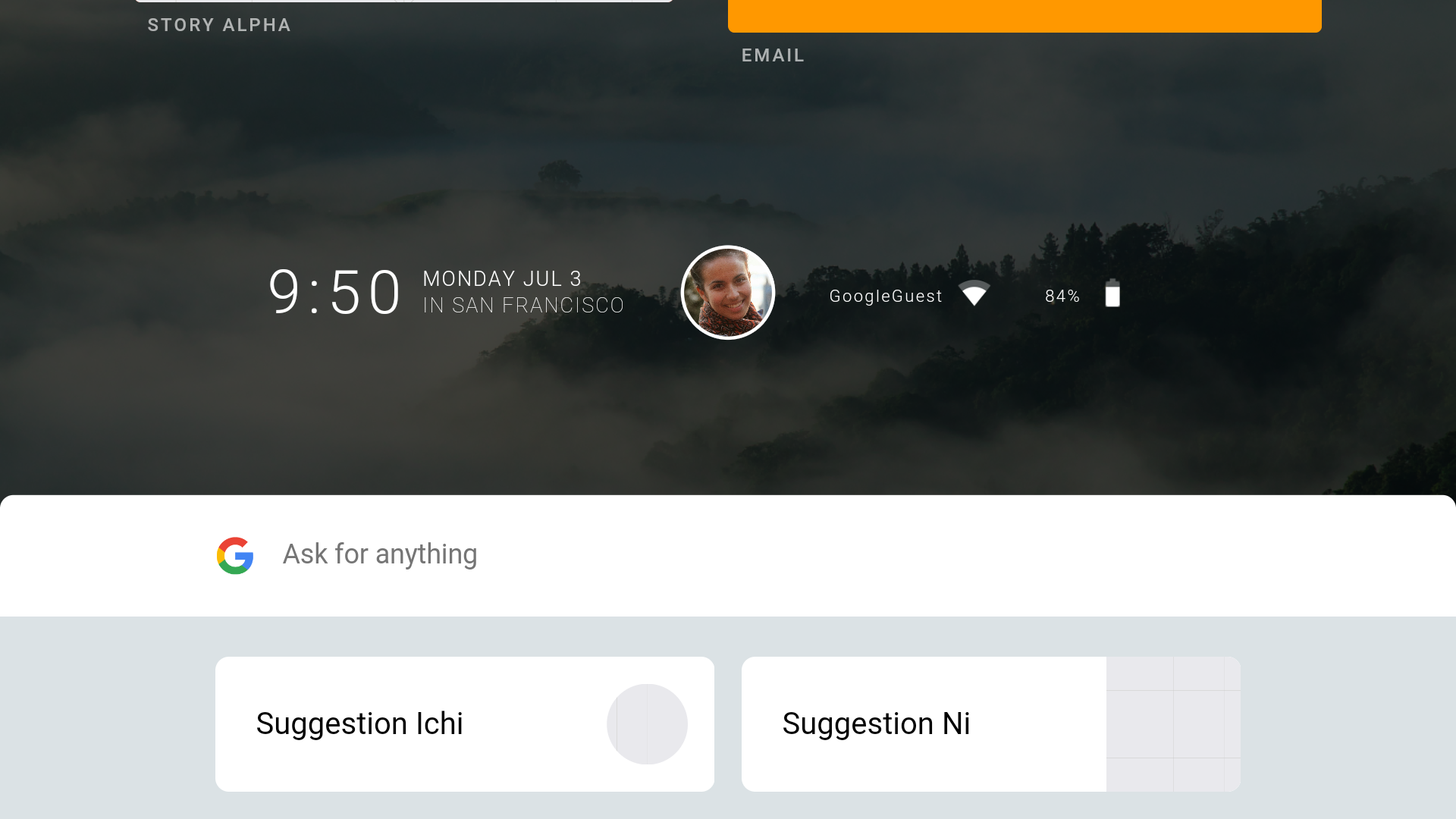Fuchsia is a capability-based operating system currently being developed by Google. It first became known to the public when the project appeared on GitHub in August 2016 without any official announcement. In contrast to prior Google-developed operating systems such as Chrome OS and Android, which are based on Linux kernels, Fuchsia is based on a new microkernel called "Zircon", derived from "Little Kernel", a small operating system intended for embedded systems, which was developed by Travis Geiselbrecht, a creator of the NewOS kernel used by Haiku OS. Upon inspection, media outlets noted that the code post on GitHub suggested Fuchsia's capability to run on universal devices, from embedded systems to smartphones, tablets and personal computers. In May 2017, Fuchsia was updated with a user interface, along with a developer writing that the project was not a "dumping ground of a dead thing", prompting media speculation about Google's intentions with the operating system.
Fuchsia's user interface and apps are written with "Flutter", a software development kit allowing cross-platform development abilities for Fuchsia, Android and iOS. Flutter produces apps based on Dart, offering apps with high performance that run at 120 frames per second. Flutter also offers a Vulkan-based graphics rendering engine called "Escher", with specific support for "Volumetric soft shadows", an element that Ars Technica wrote "seems custom-built to run Google's shadow-heavy "Material Design" interface guidelines".
Due to the Flutter software development kit offering cross-platform opportunities, users are able to install parts of Fuchsia on Android devices. Ars Technica noted that, while users could test Fuchsia, nothing "works", adding that "it's all a bunch of placeholder interfaces that don't do anything", though finding multiple similarities between Fuchsia's interface and Android, including a Recent Apps screen, a Settings menu, and a split-screen view for viewing multiple apps at once.
